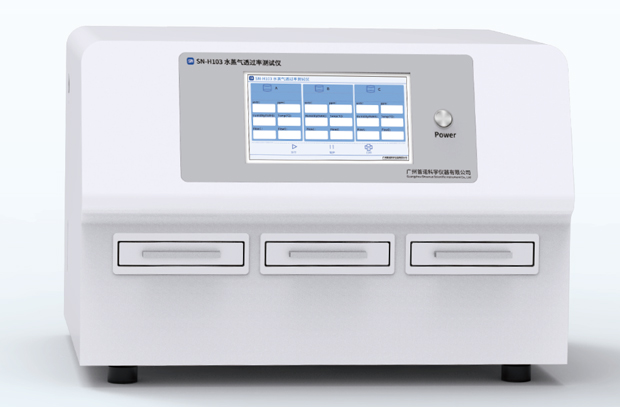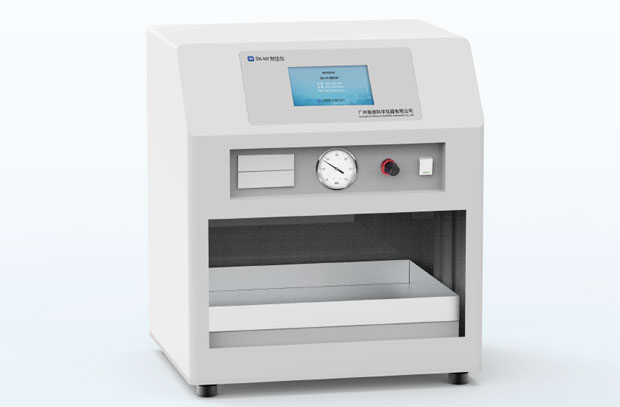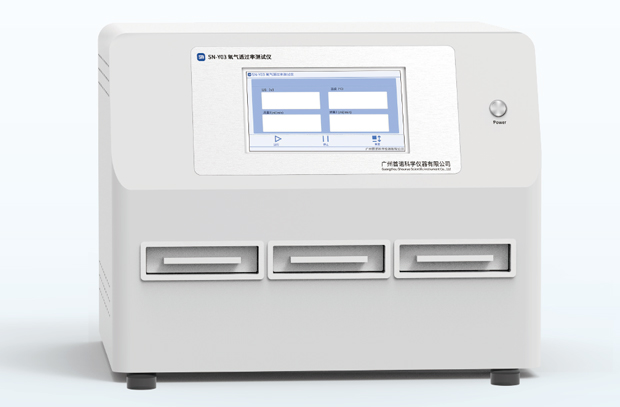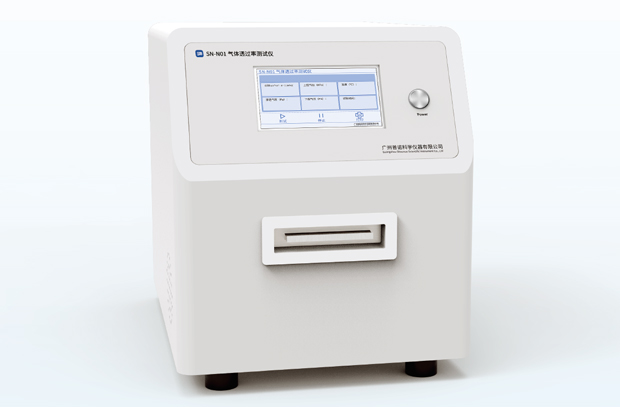In quality control for packaging materials, the heat sealer (also known as a heat seal tester or heat sealing instrument) is indispensable. Whether for food packaging, pharmaceutical packaging, or new material R&D, it plays a critical role in evaluating material heat seal strength and sealing performance.
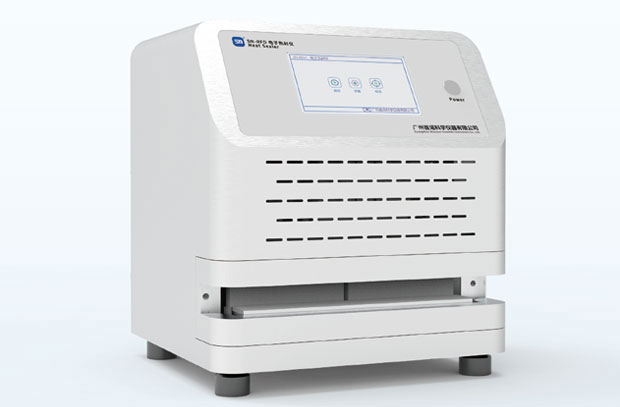
However, faced with a wide array of models, users often wonder: What's the real difference between a five-point heat sealer and a conventional single-point sealer? How should one choose? This article provides an in-depth analysis, featuring the SN-RF5 Five-Point Heat Sealer from Shounuo Instruments.
To understand the difference, one must first recognize that the core of heat sealing is not a single parameter, but an optimal range known as the "Heat Seal Window." A conventional single-point heat seal tester acts like a precise flashlight, effectively verifying seal integrity under one specific set of conditions. However, it can only illuminate one spot at a time. To understand the material's performance across different temperatures, operators must repeatedly change samples and adjust parameters for dozens of tests—a time-consuming process prone to batch variation errors.
The emergence of the Five-Point Heat Sealer is like a high-luminosity light bar, illuminating the entire workspace at once. Taking Shounuo's SN-RF5 as an example, its revolutionary feature is the ability to perform five simultaneous seals at different temperatures on the same sample strip in a single test run, using five independent heating units. This isn't just a fivefold increase in efficiency; its deeper value lies in generating a continuous, reliable Heat Strength-Temperature Curve. This curve instantly reveals the material's "Heat Seal Window," allowing R&D personnel to clearly see how seal strength changes with temperature and precisely identify the process parameters that deliver the strongest and most optimal seal.
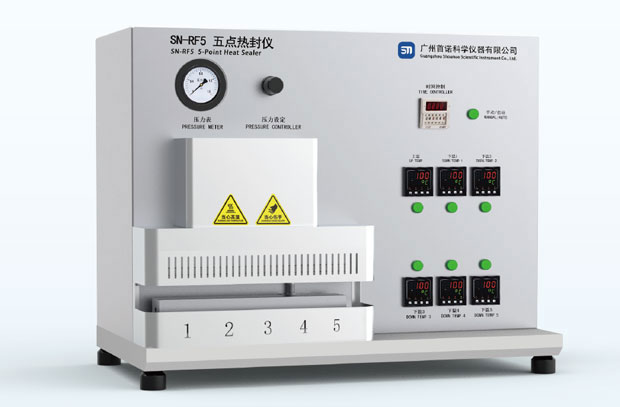
Therefore, choosing between a conventional single-point machine and a five-point model fundamentally defines the lab's capabilities. If your need is purely for routine final inspection against a fixed, known process, then a reliable conventional heat sealer suffices. But if your goals involve new material development, competitor benchmarking, process optimization, or in-depth scientific research, then a five-point heat sealer like the SN-RF5 becomes an indispensable tool. It transforms testing from passive "compliance verification" to active "process exploration and optimization," significantly shortening R&D cycles and enhancing product competitiveness.
Ultimately, in the modern industry that pursues efficiency and precision, the Five-Point Heat Sealer is more than just a piece of test equipment; it's a strategic investment for companies aiming to enhance their R&D capabilities and ensure leading packaging performance. It makes the invisible properties of heat sealing visible and controllable, delivering safer and more reliable packaging solutions.







